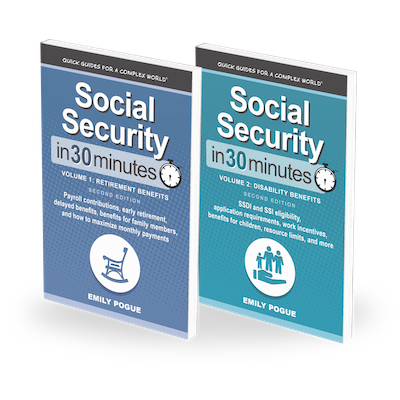Sometimes the Social Security Administration will make a change to your benefits. This post describes options if your appeal to have the original benefits reinstated is turned down.
Reconsideration is the process by which someone unrelated to the first review, goes through your full file to see if your claim is valid and takes into account any new evidence you have provided.
If you are not satisfied with the outcome of a reconsideration, a Hearing is held with an administrative judge overseeing the process and one that has not been involved in any decision making on your claim before. You may provide additional information to support your claim, talk about your situation, or have witnesses available to be interviewed.
The hearing takes place within 75 miles of your home but you also have the ability to participate via video conferencing. If you are not able to be physically present at the hearing or are not able to attend via video, you will need to let the judge know as soon as possible. The SSA will send a letter of the judge’s decision and a letter.
If you are not satisfied with the outcome of a hearing, you can request that your claim be reviewed by the Social Security Appeals Council. The council will either say that the administrative hearing judge’s ruling stands, that they will review and give a decision, or they will send it back to an administrative law judge. The SSA will make sure to send you information about the outcome and which avenue they took to determine it.
If you are not satisfied with the outcome of the appeals council or they denied your claim immediately, you have the right to ask for a Federal Court to hear your case. There would be information on doing so within the letter from SSA upon denial from the Appeal Council.
For more information about Social Security appeals, check out the last chapter of Social Security In 30 Minutes, Volume 2: Disability Benefits.
